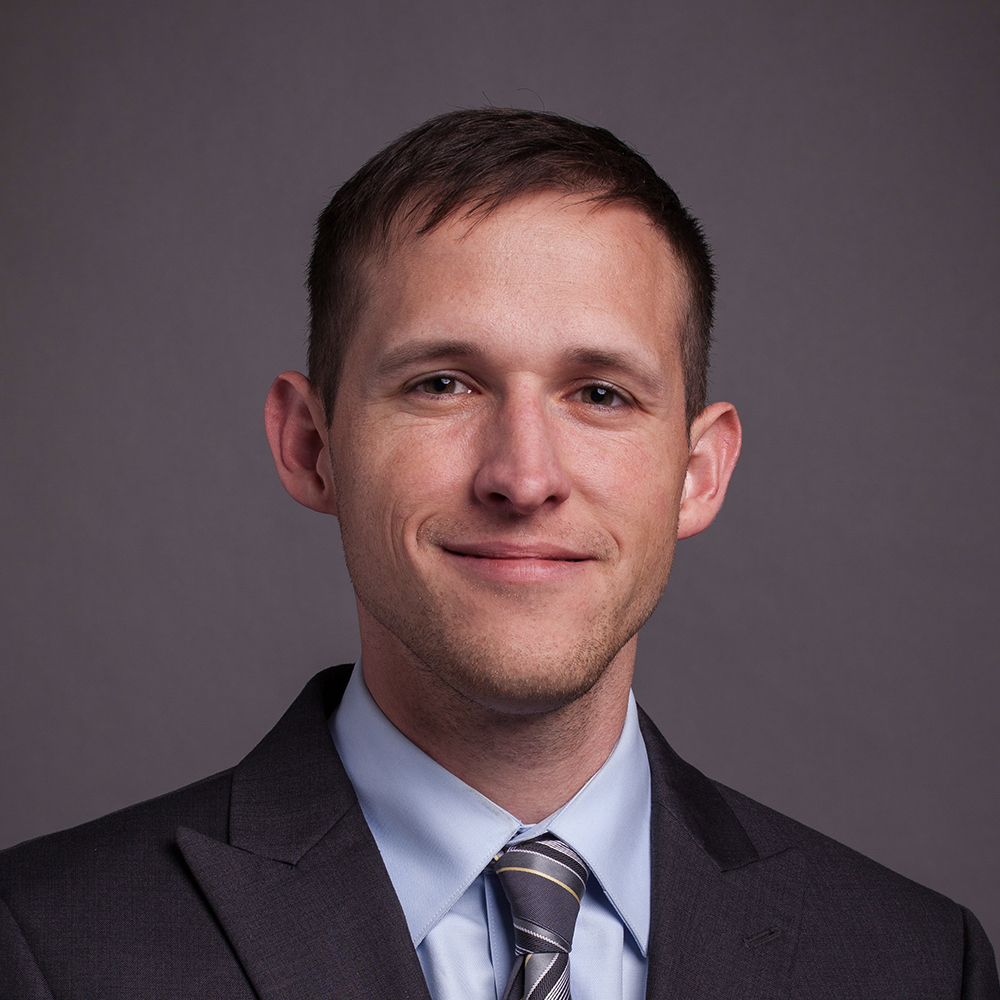PLANNING AND DESIGNING
Building on what SoCalGas started, we developed design guidelines and process checklists to improve efficiency and minimize changes as the overall program evolved. To provide better guidance for planners and to aid in quality control, we developed several tools to keep everyone on the same page and following the same guidelines.
DIMP DREAMS planners begin with background research on items including substructures, permitting issues and paving prohibitions. They evaluate any issues that could hinder planning or construction activities. They also perform field visits and use geographic information systems (GIS), service records, Google Earth and other tools to identify what is in the field and determine what direction planning must take. Planners apply SoCalGas standards and procedures, along with federal and state requirements.
After fact-finding and analysis, planners create a detailed project design in SoCalGas’ SAP system, identifying and quantifying the necessary labor, vehicles, material, tools and more. Planners simultaneously work with the utility’s resources to resolve issues related to rights-of-way, cathodic protection, leakage history, and environmental and CPUC compliance.
We are helping the utility plan and track the replacement of main pipelines and service pipelines throughout the distribution system. This includes unprotected steel and polyethylene pipes made from early generation resins that are vulnerable to slow crack growth. These two materials make as much as 20% of the client’s buried gas distribution infrastructure.







